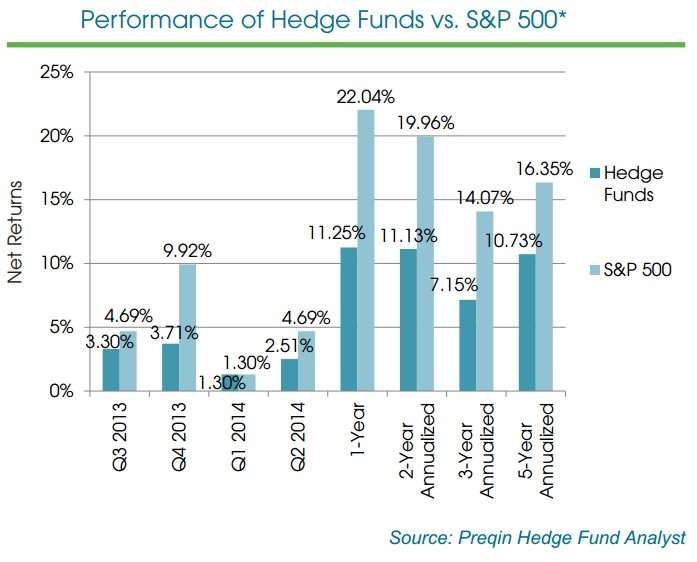How a hedge fund manager can manipulate the markets Easy Safe Money
Post on: 11 Август, 2015 No Comment

Categories:
August 13, 2010
Trading today is mainly done by computers. Stock traders plug in “buy” and “sell” orders based on a specific price. If the stock price rises above, or falls below a certain point, the computer will automatically buy or sell the stock. Some “Day traders” make, or lose, their fortunes all the time using this technique, and mutual funds, often too large to manage by one person, also use this technique.
Knowing how the market works is often a key to making money. Here’s a scenario where a hedge fund manager can manipulate the market to make a fortune…
Let’s say our Hedge Fund Manager has a portfolio worth a billion dollars (the actual amount doesn’t really matter, but I picked it to illustrate that you need some serious resources to do this, it’s not for the average guy). He decides to pick on a fairly well known company Widgets Inc. (In this case think of Widgets Inc. like Microsoft, Johnson & Johnson, Coke, or some other well known company…I just didn’t want to use any real one in the example) which is usually well traded and is owned by many mutual funds.
On an average trading day, Widgets Inc. is trading at it’s normal price of $20 +/- a few cents…a typical day. Our crafty manager decides to make some serious money on Widgets Inc. In order to do this, he needs to manipulate the price and get it to trigger the “Stop Losses” (the trigger point which causes computers to sell if the stock price drops below a certain point). Now, when you control a billion dollars, a couple of million doesn’t seem like much, so our manager decides to dump a couple million dollars worth of Widgets Inc.
A couple million dollars worth of shares, suddenly for sale all at the same time causes the stock price to fall…the law of supply and demand here, suddenly there is a huge, uncommon, amount of shares on the market. The stock price goes down a couple of dollars…A 10% value drop in a matter of minutes for a stable company is a serious move…the “Stop loss” point for day traders and mutual funds is tripped, flooding the market with even more shares of the company and the price falls even further…triggering more stop losses, and the cycle keeps feeding itself until trading stops for the day, when the stock closes at $10.
Just before the end of trading, our manager picks up several million dollars worth of Widgets Inc. for half price, twice as many as he sold in fact. He did take a loss of 10% on his initial 100,000 shares, but now owns 200,000 shares of the same company.
At the end of the day, the news is a buzz about Widget’s stock price, but nothing seems to explain the price change…someone in the press announces that there was speculation that the company was going to lose a major contract, and that caused uncertainty in the market…of course Widgets Inc. quickly releases a press release saying that there is no truth to the rumour, and that it has indeed secured the contract.
As the markets open the next day, traders scramble to buy up Widgets Inc. shares as there is no fundamental reason why the price of the shares are so low, and in the next couple of days the share price rises to $22 because of all the publicity surrounding the company.

At this point, our manager sells 100,000 shares for Widgets Inc. making back all his losses, plus 100% return on investment…while he enjoys his original investment of 100,000 shares having gained a nice 10% profit as well. Not a bad day’s work. Of course all those gains are someone else’s losses…
Of course, this example is grossly simplified, and the SEC may investigate any extreme case, but this techniques does occur and, if done on a small enough scale as to not draw too much attention, is never investigated.
Like this:
Like Loading…














